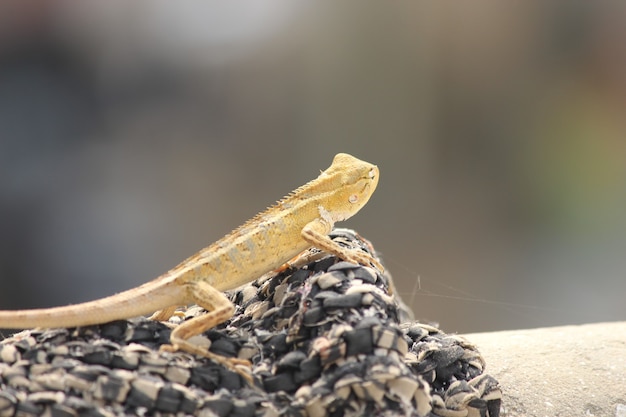Fascinating Facts about Praying Mantis

Praying mantises have a unique ability to rotate their heads 180 degrees.
Female praying mantises are known for their habit of eating their male partners after mating.
Praying mantises are skilled predators, capable of catching and feeding on insects as large as bees and butterflies.
The praying mantis gets its name from its distinctive posture, resembling a praying position.
Praying mantises have a remarkable camouflage ability, allowing them to blend into their surroundings.
Contrary to popular belief, not all praying mantises are green in color; some can be brown, pink, or even black.
These insects are known for their impressive reflexes, being able to strike their prey within a fraction of a second.
Praying mantises have complex eyes that allow them to detect both colors and movements.
Praying mantises are found on every continent except Antarctica.
Some species of praying mantises have wings and can fly, while others are flightless.
Praying mantises have triangular heads and elongated bodies, giving them a unique appearance.
The lifespan of a praying mantis can vary between 6 months to 1 year, depending on the species.
There are more than 2,000 species of praying mantises worldwide, each with its own unique characteristics.
Praying mantises are highly adaptable and can thrive in a wide range of habitats, from forests to grasslands.
The forelegs of a praying mantis are lined with sharp spines, which they use to hold and manipulate their prey.
Fascinating Facts about Praying Mantis part 2
Praying mantises are considered beneficial insects in gardens, as they help control populations of pests.
The blood of a praying mantis is green, similar to their color, due to the presence of copper-based oxygen-carrying pigment.
Praying mantises have a slow metabolism, allowing them to survive for long periods without food.
Some species of praying mantises have been observed engaging in cannibalism even before they reach adulthood.
Praying mantises undergo a process called molting, where they shed their exoskeleton to grow larger.
The mating rituals of praying mantises are elaborate and involve specific movements and behaviors.
Praying mantises have excellent vision and can spot potential prey from a considerable distance.
The average size of a praying mantis can range from 1 to 6 inches, depending on the species.
Due to their predatory nature, praying mantises are often referred to as gardener’s friends.
Praying mantises are fairly solitary creatures and usually prefer to live alone.
The reproductive organs of male praying mantises are uniquely shaped, allowing them to mate even after being decapitated.
Praying mantises have a specialized region in their front legs, known as a raptorial tibia, which helps them catch and hold prey.
Praying mantises have a three-stage life cycle: egg, nymph, and adult.
Praying mantises are capable of minute head movements that help them judge distances more accurately.
The mantis’s ability to remain motionless for extended periods makes it an ambush predator.
Praying mantises have a lifespan of approximately one year in captivity but often live much shorter in the wild.
Some species of praying mantises exhibit sexual cannibalism, where the female devours the male after mating.
The mating season for praying mantises varies depending on the species and the climate they inhabit.
Praying mantises were considered sacred in ancient Greek culture and were believed to possess supernatural powers.
The unique shape of a praying mantis’s mouthparts allows for efficient chewing of its prey.
Praying mantises have a single ear located in their thorax, allowing them to detect high-frequency sounds.
These insects are known for their agility, being able to move quickly and take precise jumps.
Praying mantises have been known to mimic leaves, twigs, and even flowers to further camouflage themselves.
Praying mantises have an interesting mode of communication through various body movements and postures.
Praying mantises secrete a sticky substance from their feet that aids in capturing their prey.
Praying mantises are incredibly patient hunters, capable of remaining motionless for hours, waiting for the right opportunity to strike.
Despite their appearance, most species of praying mantises are not harmful to humans and are rather beneficial.
The rapid movements of a praying mantis are powered by powerful muscles located in their main body.
Praying mantises are capable of controlled flight, making them one of the few flying insects with voracious predatory instincts.
Finally, praying mantises are a fascinating example of nature’s complex and diverse ecosystems, reminding us of the wonders that exist in the natural world.

